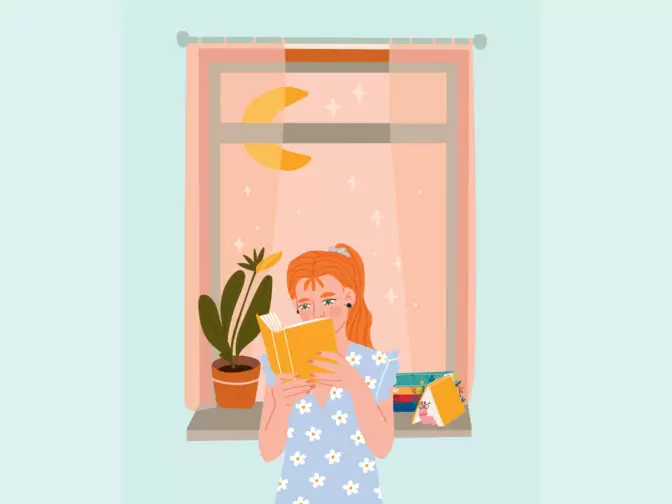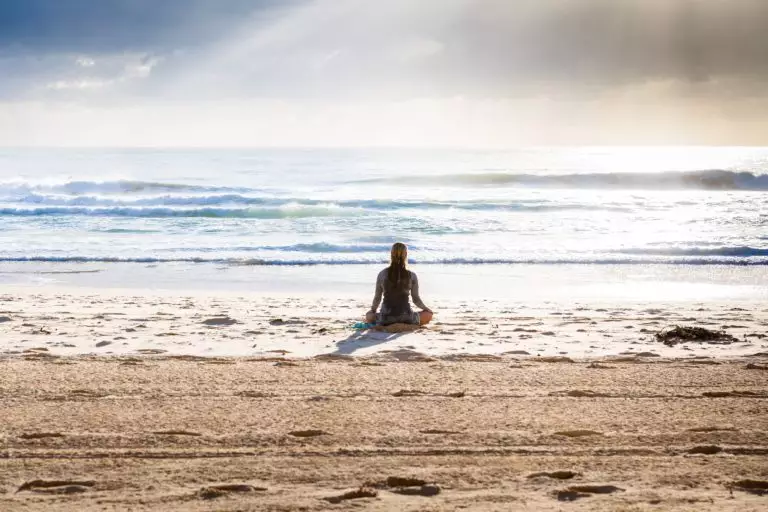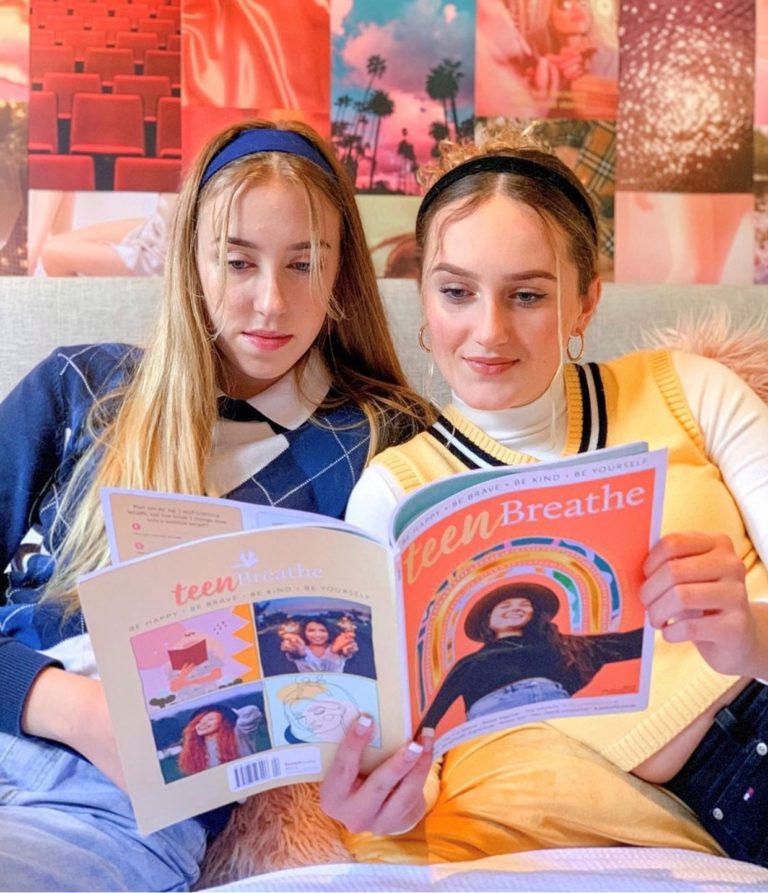
Discover why fans of creative needlecraft believe the best things in life are quilted.
Quilting is enjoying a renaissance. No longer regarded as something only great-grandparents do, people of all ages are now trying their hand at the needlework trend – and they’re loving every minute of it. The pastime that had its heyday hundreds of years ago is proving popular both in the home and in fashion, with creations including unique bedding and quirky clothes.
Wendy Chow is an Australian quilter, designer, and pattern writer based in New York City in the US. She’s also the founder of online shop and inspiration source The Weekend Quilter and author of Urban Quilting. Wendy believes social media platforms have helped modernise the craft.
‘Year after year, more quilters around the world join in the conversation, telling their own stories through their work,’ she says. ‘Thanks to the likes of Instagram, Pinterest, and TikTok, we can see people are pushing the boundaries and changing the aesthetics of quilting. This is inspiring a new generation.’
EARLY VISION
Wendy’s passion for patterned designs started in her parents’ dining room. ‘My sister used to spend her spare time there, creating quilts for friends and family,’ she recalls. ‘Touching all the beautiful fabrics and watching the process unfold sparked my interest.
The craft has humble beginnings. Traditionally, women would gather worn-out clothing and other textiles that were no longer useful in their original form to create a patchwork spread to keep themselves and their loved ones warm. Today, people are still sewing bedspreads and throws, but fashion designers are also parading quilted coats and skirts on the catwalks. Much of the recent appeal is down to the fact that fabric scraps and odd bits of material can be recycled.
A denim jacket that no longer fits can be cut up and transformed into a cushion cover, for example. A much-loved baby blanket that’s seen better days can be given a new lease of life and made into a tote bag. Ask any quilter about their creations and you’ll often hear a sentimental story. Being sustainable in quilting is more than using recycled fabric, though. ‘I’m being more mindful of my studio habits and making small changes to help the environment by buying less online to reduce accumulation of waste and carbon emissions through delivery services,’ says Wendy.
‘I’m also unplugging my sewing machine and other electronics when they’re not in use and I’m donating smaller fabric scraps to my local school.’
GRAND DESIGNS
It’s worth noting that the process of hand-quilting layers of fabric together, one block or pattern next to another, is something that can’t be rushed. It requires skill and care in every stitch. Items are made with love – another reason why the craft is so special. The thought that goes into each design is another reason that quilting is considered an art form. ‘I gather inspiration from everywhere,’ says Wendy.
‘My designs are derived from nature, urbanscapes, architecture, and interior design. I also like to take traditional quilt blocks and give them a modern spin to make them more relevant for homes today. I draw the connection between the past and present.’ The repetitiveness of the craft can also be soothing. ‘It allows me to gather my thoughts,’ says Wendy. It also offers the opportunity to meet and befriend like-minded people, both locally and internationally, making it a great way to ease stress while gaining a sense of accomplishment. ‘That’s one of the things I love about the craft,’ says Wendy, ‘connecting and learning from each other.’
If you like the idea of creating something truly unique, read on for Wendy’s quilting tips…
GETTING STARTED
Wendy’s top tips for beginners:
- You don’t need all the bells and whistles to have a go at quilting. If you have someone in your household or a relative or friend who sews, they’re likely to own most of the tools and materials – you could borrow or maybe even keep them if they’re not being used.
- As you begin your quilting journey, there’s certain equipment you’ll need access to, including a basic sewing machine, a large cutting mat, a rotary cutter, seam ripper, thread, fabric scissors, iron, pins, and a large quilting ruler (15 x 60 cm). For fabrics, ask around to see if anyone has any scraps. Alternatively, have a look through the clearance section of a haberdashery or textiles shop.
- Start with small and simple projects, such as a lap quilt, wall hanging, or mini-quilt. Working on something small makes the craft more approachable and allows you to practise each step of the process. It’s also a great way to discover whether you enjoy the craft before investing more time and money in it.
- The internet is a great source of guidance and advice. You’ll find plenty of free online resources, including quilt patterns and classes, that will teach you everything you need to know to get started.
THINGS TO KEEP IN MIND:
Take care when using your iron, cutting device, pins, and anything else that’s sharp. If you have younger siblings, be sure to keep your tools out of their reach.
Find more of Wendy’s work on Instagram @the.weekendquilter
Words by: Lorna Cowan.
Photography by: Wendy Chow, Laura Loewen, & Rachel Kuzma























